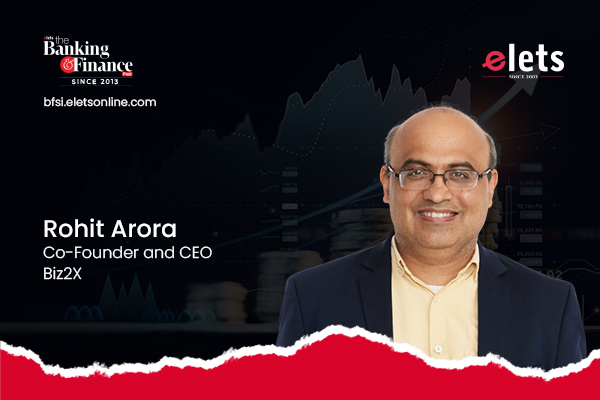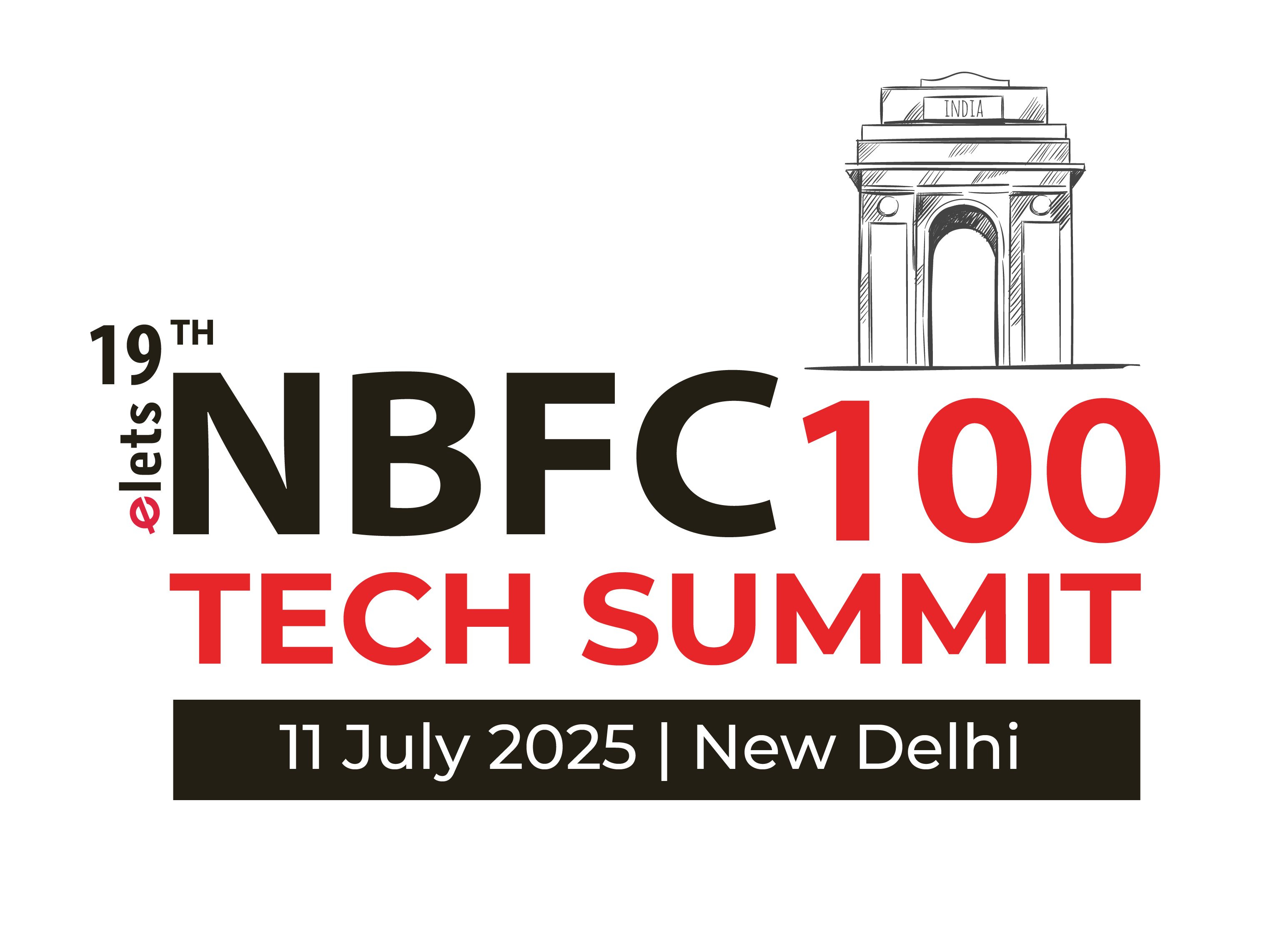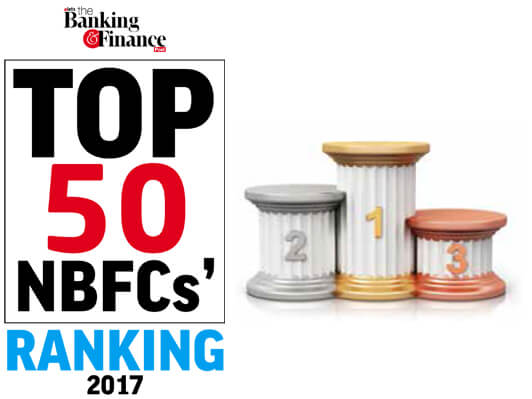Countries around the world have recognized the critical role of Micro-small and medium enterprises (MSMEs). In the United States, MSMEs contribute over 50% to the American GDP and account for 66% of new job creation. Similar has been the contribution of MSMEs to the British economy. In countries such as Kenya, MSMEs contribute over 24% to the national GDP.
Hence, recognizing this global trend, governments are increasingly prioritizing MSME-led economic growth. India too has taken a bold approach to enhance MSME productivity. While Finance Minister Nirmala Sitharaman’s latest budget speech gained much attention for a concession to the salaried class, however, a closer-look should tell everyone that the MSME segment was the highlight.
The term MSME appeared fifteen times in the budget speech – more frequently than the Income Tax concessions, which highlights its central role in economic policy. The Finance Minister identified MSMEs as India’s “second growth engine” comprising 5.7 crore entities that employ 7.5 crore people, contribute 36% to India’s manufacturing output, and serve as a catalyst for the envision of ‘Viksit Bharat 2027’.
THE BOLD STATEMENT
The latest Budget introduced three significant measures aimed at empowering the MSME Sector. First, the MSME investment limits have been increased by 2.5 times, and turnover limits have been doubled. Previously, higher turnover caps often meant increased taxation, discouraging expansion. This adjustment is a positive step towards enabling MSMEs to scale without financial barriers.
Secondly, the budget focused on increasing Credit Guarantee coverage to Rs 10 Crores and it also provisioned lucrative credit cards for micro-enterprises. These are great initiatives given the ECLGS scheme during COVID-19 that helped sustain 1.1 crore MSMEs. However, past data indicates that despite high guarantees, several lenders remained risk-averse – barely 34% of eligible MSMEs benefited from previous credit guarantee schemes.
Policies such as credit guarantees are bold but not audacious unless the coverage scheme is popularized in similar fervour by banks and NBFCs as well Similarly, with credit cards, affordability is a major concern. High-interest loans and disguised costs could be prohibitive for MSMEs.
MSME INCLUSION PROGRAMS
There are several broader ways to get more MSMEs into the mainstream and thereby reward their performance. Large-scale policy announcements may create headlines, but these benefits do not trickle down to the smallest businesses such as rural or tier-3 cities. A recent SIDBI survey found that 57% of small businesses were unaware of available credit programs. This means that financial literacy of not only MSMEs but other stakeholders is equally important. And there is a need for targeted outreach.
Secondly, many MSMEs and micro-SMEs are unlikely to maintain audited financial records which disqualifies them from traditional bank loans. Banking loans are traditionally reliant on hard numbers to assess creditworthiness. Fintech lenders and NBFCs could bridge this gap using alternative data—such as GST filings and digital transaction histories—but adoption remains slow.
Government-backed loans are often mired in paperwork, leading many businesses to opt for NBFCs and fintech lenders despite their higher interest rates of 12-18%, compared to 8-10% from banks. The speed of approval often outweighs cost concerns, revealing a fundamental inefficiency in the system.
For India to truly benefit from MSMEs, it may have to reward creative industries and high-growth sectors such as deep-tech, agrotech, and other creative startups that struggle to secure loans owing to their unconventional business models. Similarly, women-led MSMEs continue to be underrepresented in lending. Unless credit policies become more inclusive and sector-specific, a large segment of MSMEs will remain excluded from India’s growth story.
THE MISSING LINK
Both traditional banks and fintech companies play a crucial role in transforming MSME lending. However, fintechs remain underutilized, while traditional banks often rely on rigid approval processes. A more effective approach would be greater collaboration between fintechs and traditional banks to enhance accessibility, efficiency, and financial inclusion for MSMEs.
This model has already proven successful in markets like the US and MENA (Middle East & North Africa). In GCC (Gulf Cooperation Council) countries, the adoption of digital payments and data-driven lending has significantly improved MSME efficiency and consumer engagement. Reports indicate that over 90% of SMEs in the region have adopted digital payments, while a Mastercard study highlights that 92% of UAE’s SMEs have embraced digital financial solutions, boosting consumer confidence.
Additionally, both the UAE and Saudi Arabia have introduced multiple policies to nurture SMEs. Similarly, Indonesia and Kenya have leveraged alternative data—such as GST returns, supplier payments, and digital transactions—to improve loan approval rates, bypassing the limitations of traditional financial statements.
Also Read | Gold Loan NBFCs provide much-needed respite to MSMEs facing funding challenges for growth
One of the biggest advantages of fintech-driven lending is faster loan disbursal. While traditional banks take weeks to process MSME loan applications, AI-powered FinTech platforms can approve them within minutes. However, cost remains a challenge as many fintech loans carry higher interest rates than bank credit, making them less sustainable for small businesses. To address this, RBI regulations must ensure fair pricing while maintaining fintech viability.
Cybersecurity is another pressing concern, as cyber fraud cases have surged by 900% over the past four years. Strengthening fraud detection mechanisms is essential. Additionally, women-led MSMEs currently receive only 7% of total MSME credit, highlighting the need for targeted interventions such as low-interest, collateral-free loans to bridge this gap.
While the 2025 Budget has introduced bold initiatives, execution remains the key challenge. The success of MSME lending reforms does not solely depend on policy frameworks but also their implementation across a vast network of banks, NBFCs, fintech firms, and financial intermediaries. Along with policy adoption, simplifying financial access for MSMEs is critical. A stronger collaboration between the government, traditional financial institutions, fintech companies, and regulators is essential to build a more inclusive and efficient lending ecosystem. If these stakeholders work cohesively, MSMEs can play a transformative role in driving India’s vision of ‘Viksit Bharat.’
Views expressed By Rohit Arora, Co-Founder and CEO, Biz2X
Elets The Banking and Finance Post Magazine has carved out a niche for itself in the crowded market with exclusive & unique content. Get in-depth insights on trend-setting innovations & transformation in the BFSI sector. Best offers for Print + Digital issues! Subscribe here➔ www.eletsonline.com/subscription/




















